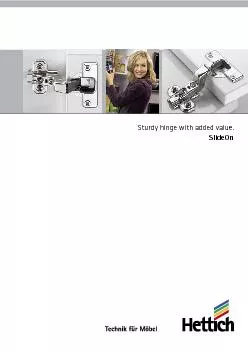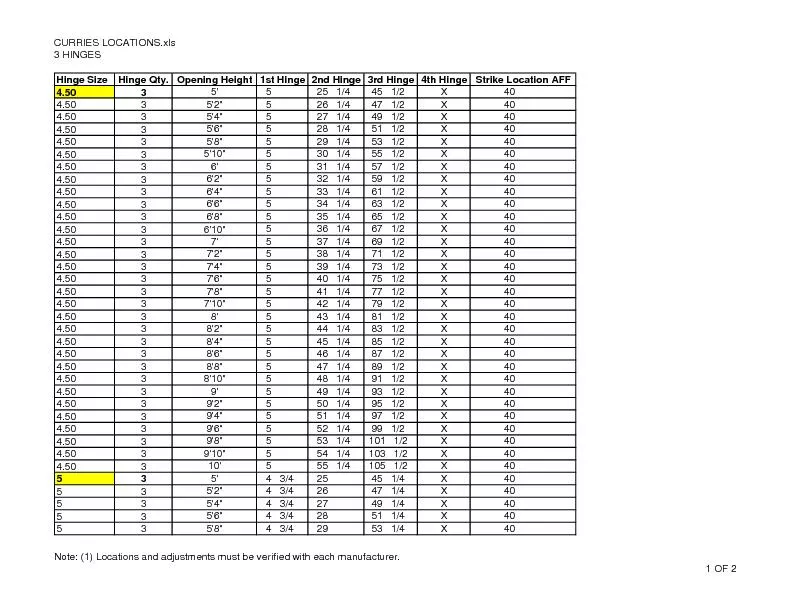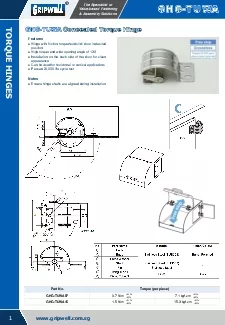PDF-Sturdy hinge with added value.
Author : lindy-dunigan | Published Date : 2015-08-07
2 easy to use great performance 3 Easy installation and convenience in the standard segment SlideOn from Hettich Choosing the SlideOn concealed hinge you benefit
Presentation Embed Code
Download Presentation
Download Presentation The PPT/PDF document "Sturdy hinge with added value." is the property of its rightful owner. Permission is granted to download and print the materials on this website for personal, non-commercial use only, and to display it on your personal computer provided you do not modify the materials and that you retain all copyright notices contained in the materials. By downloading content from our website, you accept the terms of this agreement.
Sturdy hinge with added value.: Transcript
Download Rules Of Document
"Sturdy hinge with added value."The content belongs to its owner. You may download and print it for personal use, without modification, and keep all copyright notices. By downloading, you agree to these terms.
Related Documents














